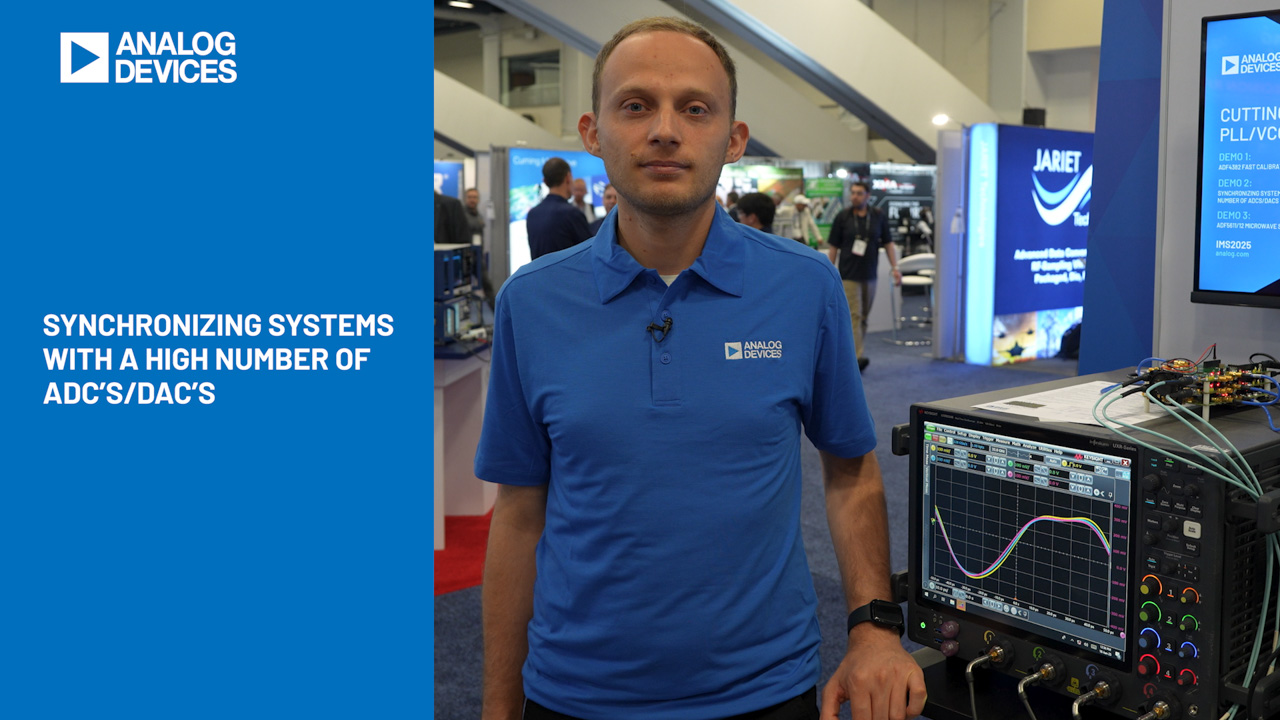摘要
The following application note demonstrates various ways to use the MAX6369–MAX6374 series of pin selectable watchdog timers for general purpose, low power, timing functions.
The MAX6369-74 series of pin-selectable watchdog timers are designed to supervise microprocessor activity and indicate when the system is not working properly. During normal operation, the microprocessor should repeatedly toggle the watchdog input (WDI) before the selected watchdog timeout period elapses to indicate that the system is executing code properly. If it fails to do so, the supervisor asserts a watchdog output (active-low WDO) to signal there is a problem.
This family of watchdog-only supervisors are available in a tiny SOT23-8 packages and have selectable watchdog timeout periods (1.7ms to 104s (typ) in 7 steps), start-up delays (1.7ms to 104s (typ) in 7 steps) and output pulse widths (1.7ms and 170ms (typ)) depending on the part selected and the state of 3 pins (SEL0, SEL1, SEL2).
The parts can be used for general purpose timing functions especially where current consumption is important. They only take 8µA typ, 20µA max over temperature (-40°C to +85°C) from a 2.5 to 5.5V supply. With WDI strapped to GND or VCC the internal timer cycles pulsing active-low WDO low when it times out. These parts have several advantages over the historical "555" solutions. As well as the lower supply current (20µA max instead of 120µA max at 5V supply) the overall solution takes much less board area with the smaller package and the absence of timing resistors and capacitors which have to be large (100s of µFs) for long periods.
The following circuits show a few examples.
Figure 1 uses MAX6373 set up to pulse active-low WDO low for 170ms every 5.2s. The load is a front panel "power on" LED with a 1kΩ current limiting resistor. By pulsing the LED rather than having it on continuously the average current taken reduces by a factor of 30 (2.4mA down to 88µA (80µA + 8µA Iq) giving an indication the equipment is on without draining the batteries too much. By changing the SET pins to SET0 = 0V, SET1 = SET2 = VCC the off time can be extended to 17s reducing the average current to 32µA (24µA + 8µA Iq).

Figure 1. Blinking LED indicator saves power.
Figure 2 is similar to Figure 1 but uses a MAX6371 to turn on a load for 170ms every 1.7mins (104s). The load could be a battery powered monitoring circuit that lies idle saving power then wakes up to make a measurement, then log it or send a warning if it is out of spec. Maybe a water level getting too high.

Figure 2. Pulse load to save power.
Figure 3 uses the MAX6373 with it's SET inputs configured for timer disabled. If SET1 is held low for longer than the watchdog period (5.2s) then active-low WDO pulses low. This circuit could be used in applications where a reset button is on a front panel or easily accessible. The button must be held down deliberately for 5.2s or more to trigger a reset. This can prevent an accidental reset when somebody knocks the button.

Figure 3. "Safe" front panel RESET.

Figure 4. Picture of prototype blinking LED circuit.




















